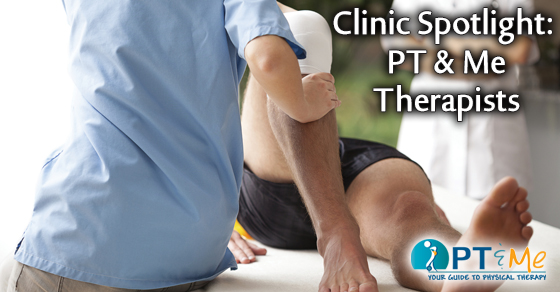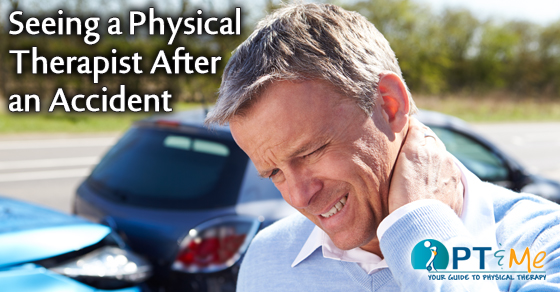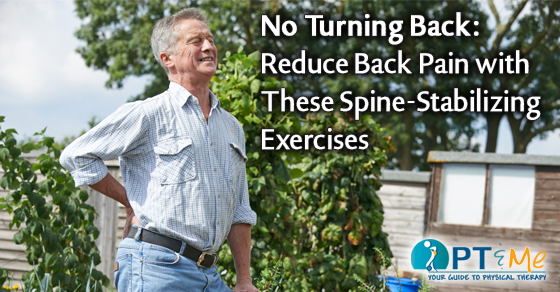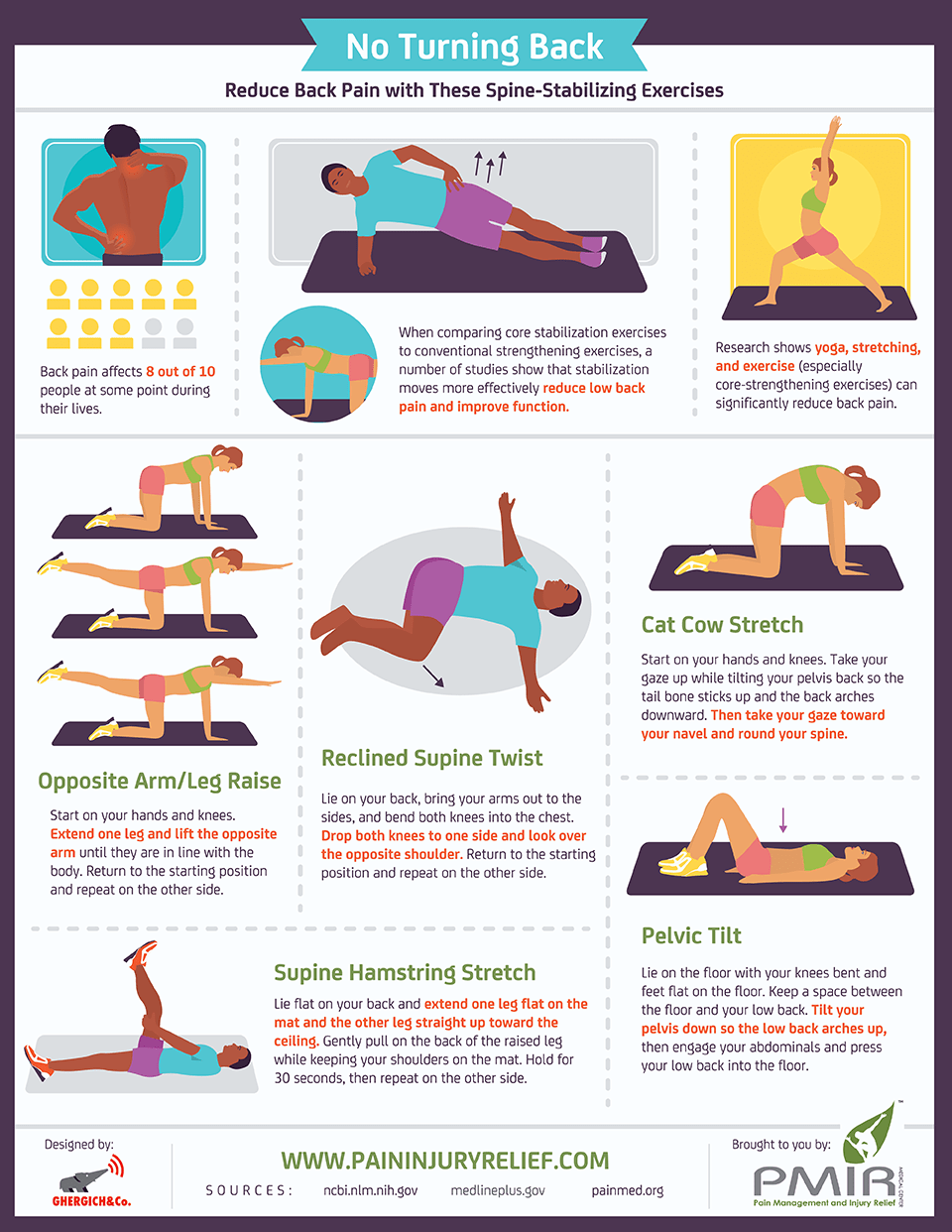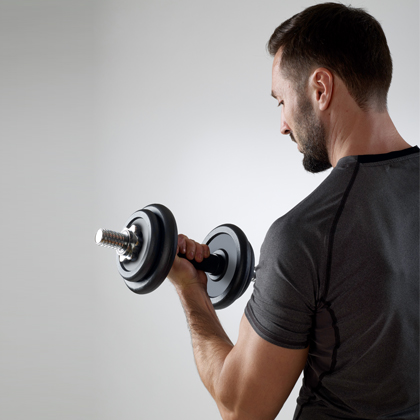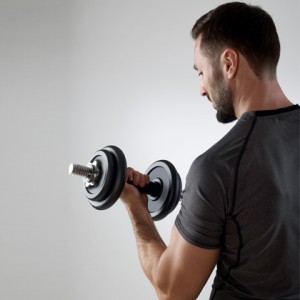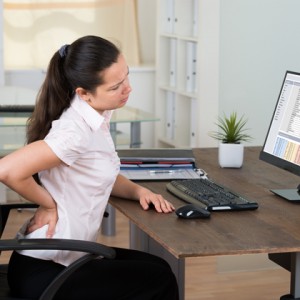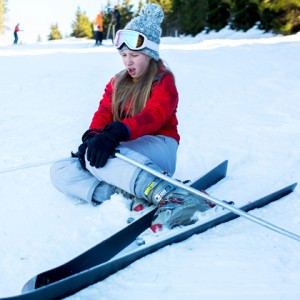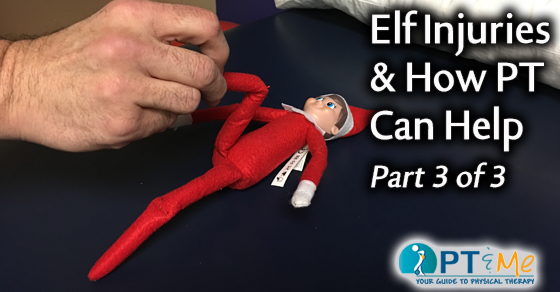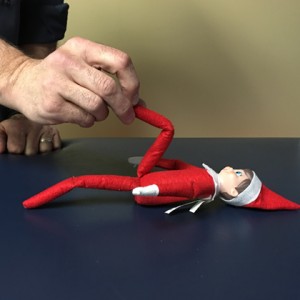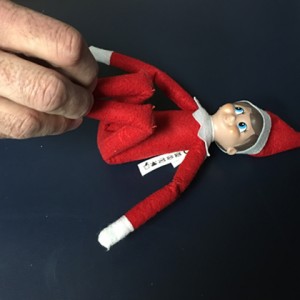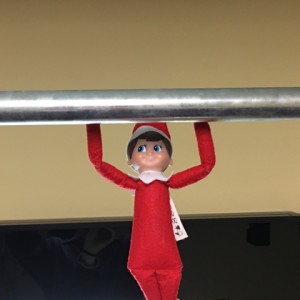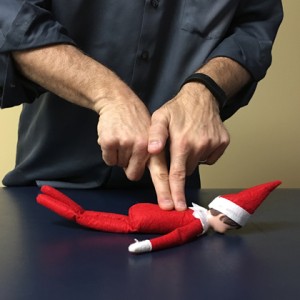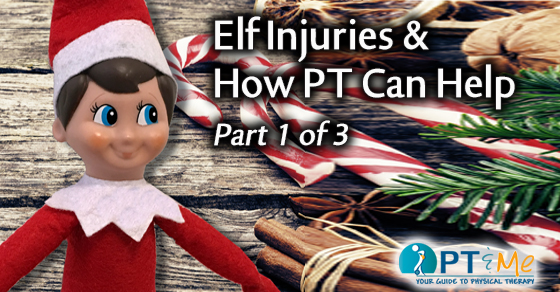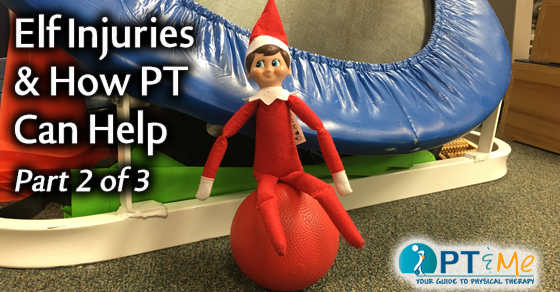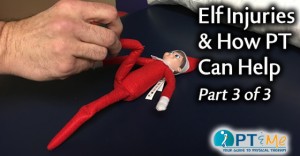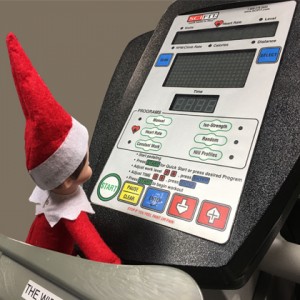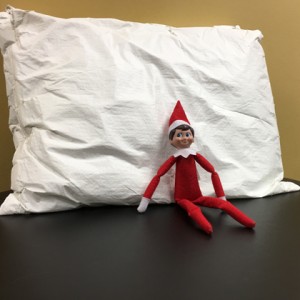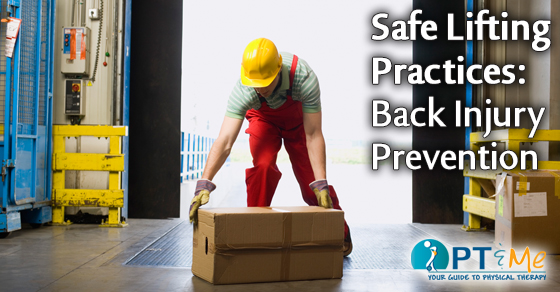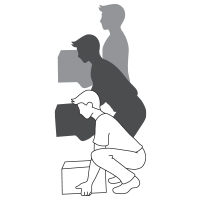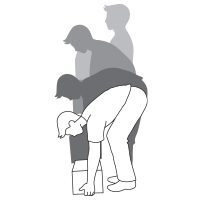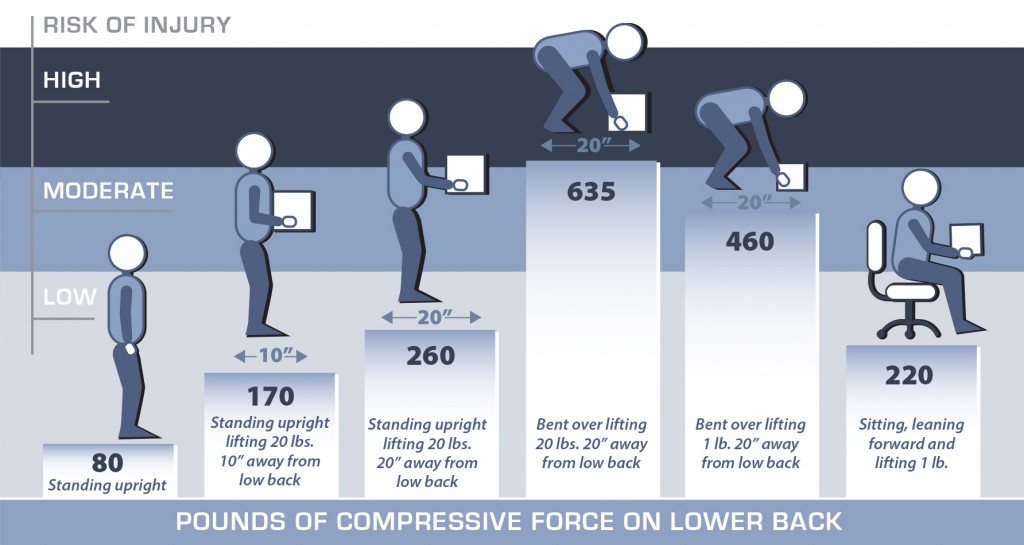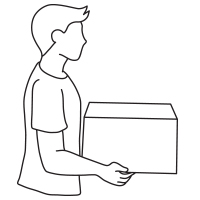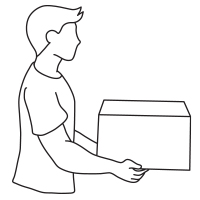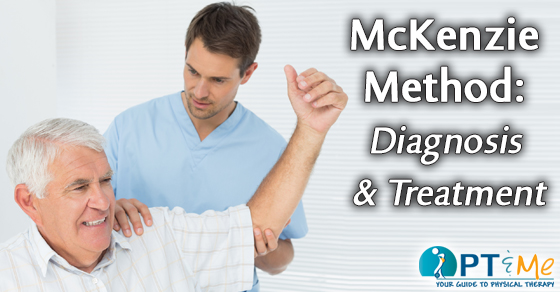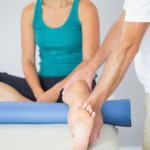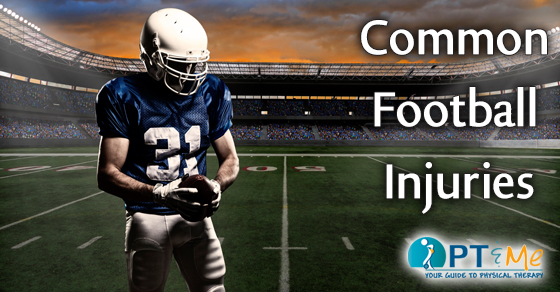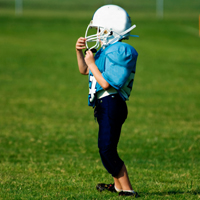This month we are featuring stories from some of our PT & Me therapists. We asked them how they got into the awesome world of physical therapy and what they enjoy about it. These are their stories…

Name:
Kelly Wilson, PT, DPT at University Physical Therapy – 8 locations conveniently located throughout the New River Valley in Virginia
Why did you chose physical therapy as a career?
I took an anatomy class in high school with a teacher who absolutely changed my life. I could not get enough of the curriculum and wanted to learn more about how we work and how we can make ourselves better. I stayed after school one day to ask how I could learn about this topic forever. My teacher suggested that I look into physical therapy. I started shadowing a PT in my hometown and loved it! I was hooked!
What is your favorite thing about going to work each day?
I get to work with the absolute best people on the face of the planet.

Name:
Lea Ann Rumlin, PT, Clinic Owner at DeKalb Comprehensive Physical Therapy – Lithonia, Georgia
Why did you chose physical therapy as a career?
I had an opportunity to observe a PT in high school and found it was very interesting. I thought it was cool to observe a diverse variety of ailments in people.
What is your favorite thing about going to work each day?
I’ve been doing physical therapy for a long time, but it still feels new. I feel blessed to have the opportunity to help people.

Name:
Wendy Richards, MSPT, DPT at Port City Physical Therapy – Portland, Maine
Why did you chose physical therapy as a career?
I wanted to be in a helping profession. Growing up in rural Maine most of the careers were either in healthcare or nursing. That is why I was drawn to physical therapy. I especially liked the stroke patient rehab and spinal rehab aspect of it. Helping people with paralysis was especially fulfilling.
What is your favorite thing about going to work each day?
I enjoy working in a team environment. Working in an outpatient climate and helping patients to get better. Being able to resolve their limitations and improve their lives.

Name:
Jocelyn Zolna-Pitts, PT, Director at Metro Spine & Sports Rehabilitation – Chicago, Illinois
Why did you chose physical therapy as a career?
It combined my interest of medicine with sports. I was always interested in medicine and helping others.
What is your favorite thing about going to work each day?
The daily satisfaction of watching people get better. The challenge and variety of problems patients face and solving their problems through critical thinking with them. I enjoy the fact that you get to play every day at work and it’s a lot of fun!

